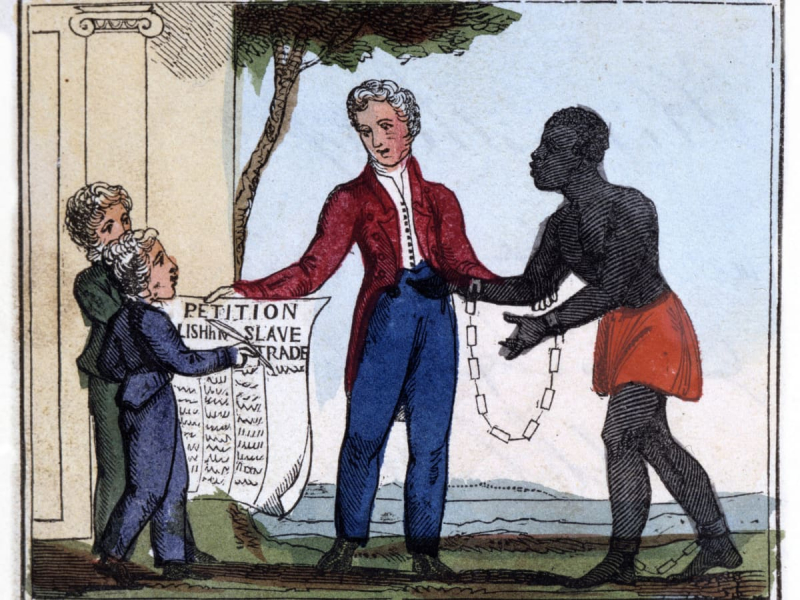Abolition of Slavery in The Northern States
As early as the 1780s, free Black people and other antislavery northerners began assisting enslaved persons in escaping from southern plantations to the north via a loose network of safe homes. The Underground Railroad, as it was known at the time, grew in popularity in the 1830s. Escapees were directed north by conductors like Harriet Tubman, while "stationmasters" included Frederick Douglass, Secretary of State William H. Seward, and Pennsylvania congressman Thaddeus Stevens. Although estimates vary, it is said to have aided between 40,000 and 100,000 enslaved persons in gaining their freedom. The Underground Railroad's success aided the growth of abolition of slavery in the Northern States, but it also heightened sectional tensions by assuring pro-slavery southerners of their northern countrymen's commitment to overthrowing the institution that kept them alive.
Slavery was allowed in every colony in the Americas before the American Revolution, including the British possessions in North America. The revolutionary principles of equality played a factor in outright abolition or progressive emancipation in all Northern States by 1804 when the United States gained independence. Northern states created constitutions that included equal rights language or outright abolished slavery. Even though no Southern state abolished slavery, the revolutionary ideas had an influence.
Several Southern states outlawed the importation of slaves and gave slave owners the freedom to release their slaves on their terms. Before the Revolution, masters in the South were prohibited from freely releasing their slaves. Slaveowners released their slaves in large numbers, claiming revolutionary aspirations in their paperwork. Manumissions liberated 10,000 slaves in Virginia, while three-quarters of African-Americans in Delaware were freed by 1810. Effects abolition of slavery in the Northern States is one of important the major effects of the American Revolution.











